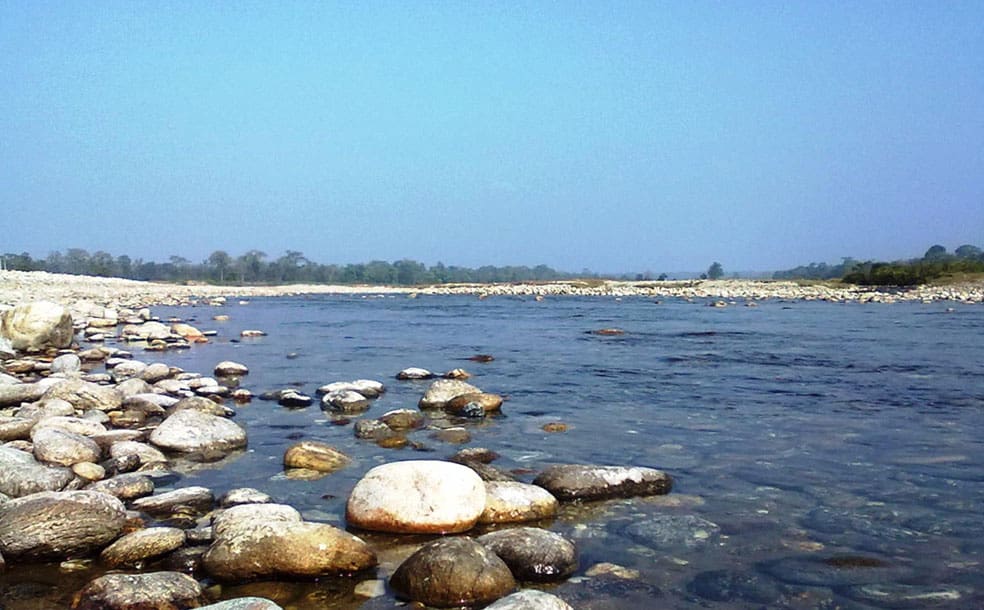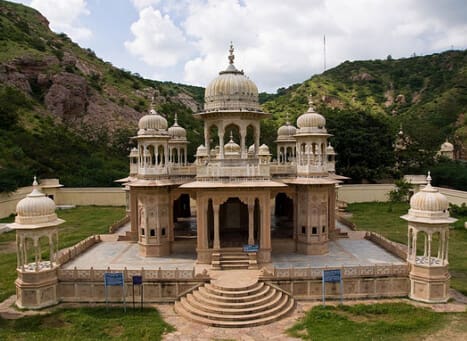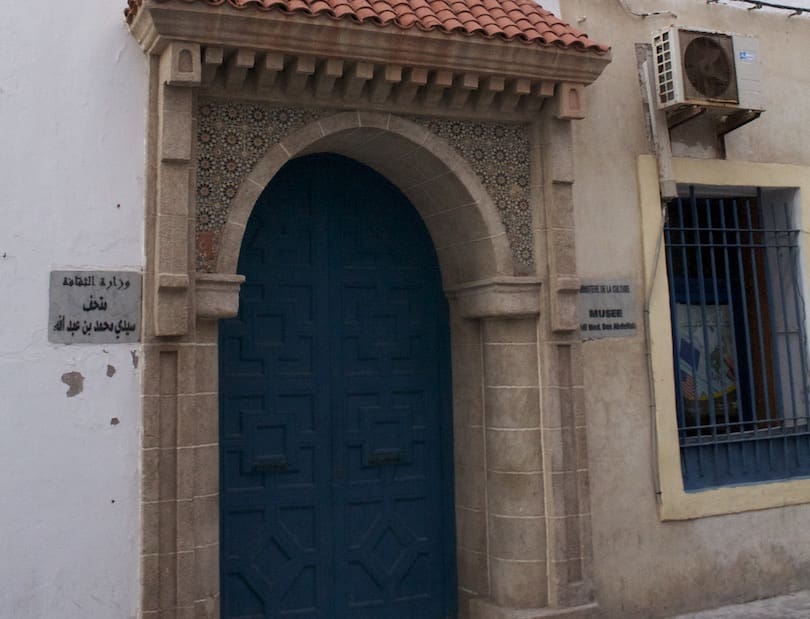Nestled in the foothills of the Eastern Himalayas, Jalpaiguri is a picturesque district in West Bengal that serves as a gateway to some of India’s most breathtaking natural and cultural landmarks. Known for its lush tea gardens, dense forests, and serene rivers, Jalpaiguri offers a perfect blend of tranquility, adventure, and heritage. Whether you are a nature lover, history enthusiast, or someone seeking spiritual solace, Jalpaiguri has something for everyone. In this article, we will explore the top 5 places to visit in Jalpaiguri , uncovering the hidden gems that make this region truly enchanting.
1. Gorumara National Park: A Wildlife Paradise
Gorumara National Park , located in the Terai region of Jalpaiguri, is one of the most popular wildlife destinations in North Bengal. This park is renowned for its population of Indian rhinoceros, elephants, bison, and various bird species, making it a haven for wildlife enthusiasts and photographers.
Why Visit Gorumara National Park?
The park is home to a diverse range of flora and fauna, with its lush grasslands, dense forests, and meandering rivers creating a pristine environment. Its proximity to Jalpaiguri town makes it easily accessible for day trips.
Activities to Enjoy
- Jeep Safaris: Explore the park’s core areas and spot animals like the Indian rhinoceros, deer, and wild boars.
- Birdwatching: Observe migratory and resident bird species such as the great hornbill , Indian pitta , and Asian paradise flycatcher .
- Elephant Rides: Experience the thrill of riding an elephant through the jungle.
Detailed Exploration of Gorumara National Park
Spread over 80 square kilometers, Gorumara National Park is part of the larger Chilapata Forests , which form a crucial wildlife corridor between Bhutan and India. The park’s star attraction is the Indian rhinoceros , which can often be spotted grazing in the open grasslands near water bodies. Other notable species include the Asiatic elephant , gaur (Indian bison) , and sambar deer .
For birdwatchers, Gorumara is a paradise. The park is home to over 200 species of birds, including rare ones like the Bengal florican and lesser adjutant stork . Early morning and late afternoon are the best times for birdwatching, as the birds are most active during these hours.
The park also offers jeep safaris and elephant rides , allowing visitors to explore its trails safely. Local guides accompany visitors, sharing insights into the park’s ecosystem and conservation efforts. These tours provide a deeper understanding of the delicate balance between humans and wildlife.
Accommodation options near the park include eco-friendly lodges and forest rest houses, providing a comfortable stay while minimizing the impact on the environment.
2. Jaldapara National Park: A Rhino Haven
Jaldapara National Park , located on the banks of the Torsa River , is another iconic wildlife destination in Jalpaiguri. Known for its population of Indian rhinoceros, this park is a must-visit for nature lovers and adventure seekers.
Why Visit Jaldapara National Park?
Jaldapara is not only a sanctuary for rhinos but also a hotspot for biodiversity. Its dense forests, grasslands, and riverine ecosystems support a wide variety of wildlife, making it a perfect destination for exploration.
Activities to Enjoy
- Safari Tours: Spot rhinos, elephants, and other wildlife during guided jeep and elephant safaris.
- Birdwatching: Observe species like the crested serpent eagle , hornbill , and peacock .
- River Rafting: Enjoy a thrilling rafting experience on the Torsa River.
Detailed Exploration of Jaldapara National Park
Jaldapara National Park spans over 216 square kilometers and is home to one of the largest populations of Indian rhinoceros in India. The park’s grasslands and wetlands provide an ideal habitat for these majestic creatures, which can often be seen bathing in the river or grazing in the open fields.
One of the highlights of Jaldapara is its elephant safari , which takes visitors deep into the forest. Riding atop an elephant provides a unique perspective of the park’s wildlife, as animals are less intimidated by these gentle giants compared to jeeps. Jeep safaris are also available for those who prefer a more adventurous experience.
For birdwatchers, Jaldapara is a treasure trove of avian life. Species like the great hornbill , Bengal florican , and osprey can be spotted here. The park’s diverse habitats attract both migratory and resident birds, creating a vibrant tapestry of colors and sounds.
The Torsa River , which flows along the park’s boundary, offers opportunities for river rafting and fishing. Visitors can enjoy a leisurely boat ride or try their hand at catching fish like mahseer and catfish , which are prized for their size and taste.
3. Maynaguri Tea Gardens: A Fragrant Retreat
The Maynaguri Tea Gardens , located near Jalpaiguri town, are among the most scenic tea estates in North Bengal. Known for their sprawling greenery and aromatic tea leaves, these gardens offer a tranquil escape from the hustle and bustle of city life.
Why Visit Maynaguri Tea Gardens?
The tea gardens are not only visually stunning but also provide insights into the tea-making process. Visitors can learn about the cultivation, plucking, and processing of tea leaves while enjoying the fresh mountain air.
Activities to Enjoy
- Tea Tasting: Sample freshly brewed tea and learn about its flavors and aromas.
- Guided Tours: Explore the tea gardens and interact with workers to understand their daily routines.
- Photography: Capture the lush landscapes and vibrant hues of the tea bushes.
Detailed Exploration of Maynaguri Tea Gardens
The Maynaguri Tea Gardens are spread across rolling hills, creating a mesmerizing sea of green. The cool climate and fertile soil of the region contribute to the production of high-quality Darjeeling tea , which is renowned worldwide for its flavor and aroma.
One of the main attractions of the tea gardens is their tea factories , where visitors can witness the entire tea-making process. From plucking the tender leaves to drying and packaging them, every step is meticulously carried out to ensure the highest quality. Guided tours are available, allowing visitors to interact with workers and gain hands-on experience.
For tea enthusiasts, tea tasting sessions are a highlight. Visitors can sample different varieties of tea, including black, green, and white, while learning about their unique characteristics. The fragrant aroma and rich flavors create a sensory delight that lingers long after the visit.
The gardens are also a great place for photography. The interplay of light and shadow, combined with the vibrant greenery, creates visually striking compositions. Visitors are encouraged to bring cameras to capture these beautiful moments.
4. Buxa Tiger Reserve: A Remote Wilderness
Buxa Tiger Reserve , located near the Indo-Bhutan border, is one of the least explored wildlife sanctuaries in India. Known for its rugged terrain, dense forests, and diverse wildlife, this reserve offers a true wilderness experience.
Why Visit Buxa Tiger Reserve?
The reserve is home to several endangered species, including tigers, leopards, and elephants. Its remote location and challenging terrain make it an ideal destination for adventure seekers and nature lovers.
Activities to Enjoy
- Trekking: Explore the reserve’s trails and enjoy panoramic views of the surrounding landscape.
- Wildlife Safaris: Spot tigers, leopards, and other animals during guided safaris.
- Camping: Set up tents and spend the night under the stars.
Detailed Exploration of Buxa Tiger Reserve
Spanning over 760 square kilometers, Buxa Tiger Reserve is a biodiversity hotspot that supports over 70 species of mammals, 400 species of birds, and numerous reptiles and insects. The reserve’s dense forests and rocky terrains create a challenging yet rewarding environment for exploration.
One of the main attractions of the reserve is its population of Bengal tigers , which are often spotted during early morning or late afternoon safaris. Other notable species include the clouded leopard , barking deer , and wild boar .
For trekkers, Buxa offers numerous trails that wind through the forest and lead to hidden waterfalls and scenic viewpoints. These trails provide stunning views of the landscape and are suitable for both beginners and experienced hikers.
Camping is another popular activity in Buxa. Several campsites are set up along the riverbanks, offering basic amenities like tents, food, and bonfire arrangements. Spending a night under the starlit sky, accompanied by the sounds of nature, is an unforgettable experience.
5. Jalpaiguri Town: The Heart of the District
Jalpaiguri Town , the administrative headquarters of the district, is a vibrant hub of commerce, culture, and history. While it may not be as picturesque as some of the other destinations on this list, it serves as an excellent base for exploring the region and offers several attractions of its own.
Things to Do
- Market Exploration: Shop for local handicrafts, textiles, and spices at the town’s bustling markets.
- Historical Sites: Visit landmarks like the Jalpaiguri Railway Station and learn about the region’s past.
- Culinary Delights: Sample traditional Bengali dishes at local eateries.
Detailed Exploration of Jalpaiguri Town
Jalpaiguri Town is a bustling center of activity, with narrow streets lined with shops, stalls, and restaurants. The town’s markets are a sensory delight, offering everything from fresh produce to handmade crafts. Visitors can purchase items like Darjeeling tea , handwoven shawls , and traditional jewelry as souvenirs.
One of the notable landmarks in Jalpaiguri Town is the Jalpaiguri Railway Station , which dates back to the British colonial era. The station’s architecture reflects the grandeur of that period, with high ceilings, arched doorways, and intricate detailing. It remains a vital transportation link, connecting Jalpaiguri to major cities like Kolkata and Guwahati.
For food lovers, Jalpaiguri Town is a culinary paradise. Traditional Bengali dishes like macher jhol (fish curry), shorshe ilish (hilsa fish in mustard sauce), and mishti doi (sweet yogurt) are widely available at local eateries. These dishes are prepared using fresh ingredients and age-old recipes, offering a true taste of the region’s gastronomy.
The town also hosts several cultural events throughout the year, including music concerts, dance performances, and art exhibitions. These events provide a platform for local artists and performers to showcase their talents, enriching the cultural fabric of the community.
A Glimpse into Jalpaiguri’s Culture and Traditions
Jalpaiguri is a district where tradition meets modernity. Its vibrant culture is reflected in its festivals, art, and cuisine. Events like Durga Puja , Poush Mela , and Baisakhi bring the community together in celebration, fostering a sense of unity and belonging.
“Jalpaiguri’s culture is a tapestry woven with threads of history, faith, and creativity. It is a place where the past and present converge, creating a unique and enchanting experience.”
Detailed Exploration of Jalpaiguri’s Culture
The cultural landscape of Jalpaiguri is shaped by its diverse population, which includes Bengalis, Nepalis, and tribal communities. Each group contributes to the region’s rich cultural heritage through their customs, languages, and traditions.
Music and dance play a significant role in Jalpaiguri’s cultural identity. Folk songs like bhatiali and jhumur narrate stories of love, separation, and rural life. Traditional dances such as the chhau dance and bihu dance are performed during festivals and ceremonies, adding vibrancy and energy to celebrations.
Cuisine in Jalpaiguri is simple yet flavorful, with an emphasis on fresh ingredients and traditional recipes. Staples like rice , dal , and vegetables are prepared using age-old techniques. Street food stalls offer delicacies like phuchka , singara , and rosgulla , which are loved by locals and tourists alike.
Conclusion
Jalpaiguri may not be as well-known as other tourist destinations in West Bengal, but it is undoubtedly a gem worth exploring. From the breathtaking beauty of Gorumara National Park to the tranquil charm of Maynaguri Tea Gardens , each destination offers a unique experience that captures the essence of this enchanting region. By visiting these top 5 places to visit in Jalpaiguri , travelers can immerse themselves in the natural splendor, cultural richness, and historical significance of this remarkable district.
Whether you are planning a solo trip, a family vacation, or a weekend getaway, Jalpaiguri promises an unforgettable journey filled with discovery and wonder.
Frequently Asked Questions (FAQs)
- What is the best time to visit Jalpaiguri?
- The best time to visit Jalpaiguri is between October and March when the weather is pleasant.
- How to reach Jalpaiguri?
- Jalpaiguri is accessible by road, rail, and air. The nearest airport is in Bagdogra, approximately 50 kilometers away.
- Are there luxury accommodations in Jalpaiguri?
- While Jalpaiguri primarily offers budget-friendly guesthouses, there are a few mid-range hotels available in nearby towns.
- Is Jalpaiguri safe for tourists?
- Yes, Jalpaiguri is generally safe for tourists. However, it is advisable to take standard precautions and respect local customs.
- What languages are spoken in Jalpaiguri?
- The primary languages spoken in Jalpaiguri are Bengali, Nepali, and Hindi.
- Can I visit Jalpaiguri during monsoon season?
- Monsoon visits are possible but may be challenging due to heavy rainfall and occasional flooding.
- What are some must-try foods in Jalpaiguri?
- Macher jhol, shorshe ilish, and mishti doi are some must-try traditional dishes in Jalpaiguri.
- Are there any wildlife sanctuaries near Jalpaiguri?
- Yes, Gorumara National Park and Jaldapara National Park are located within driving distance.
- Is Jalpaiguri suitable for solo female travelers?
- With proper planning and precautions, Jalpaiguri can be a safe destination for solo female travelers.
- What souvenirs can I buy in Jalpaiguri?
- Darjeeling tea, handwoven shawls, and traditional jewelry make excellent souvenirs.












